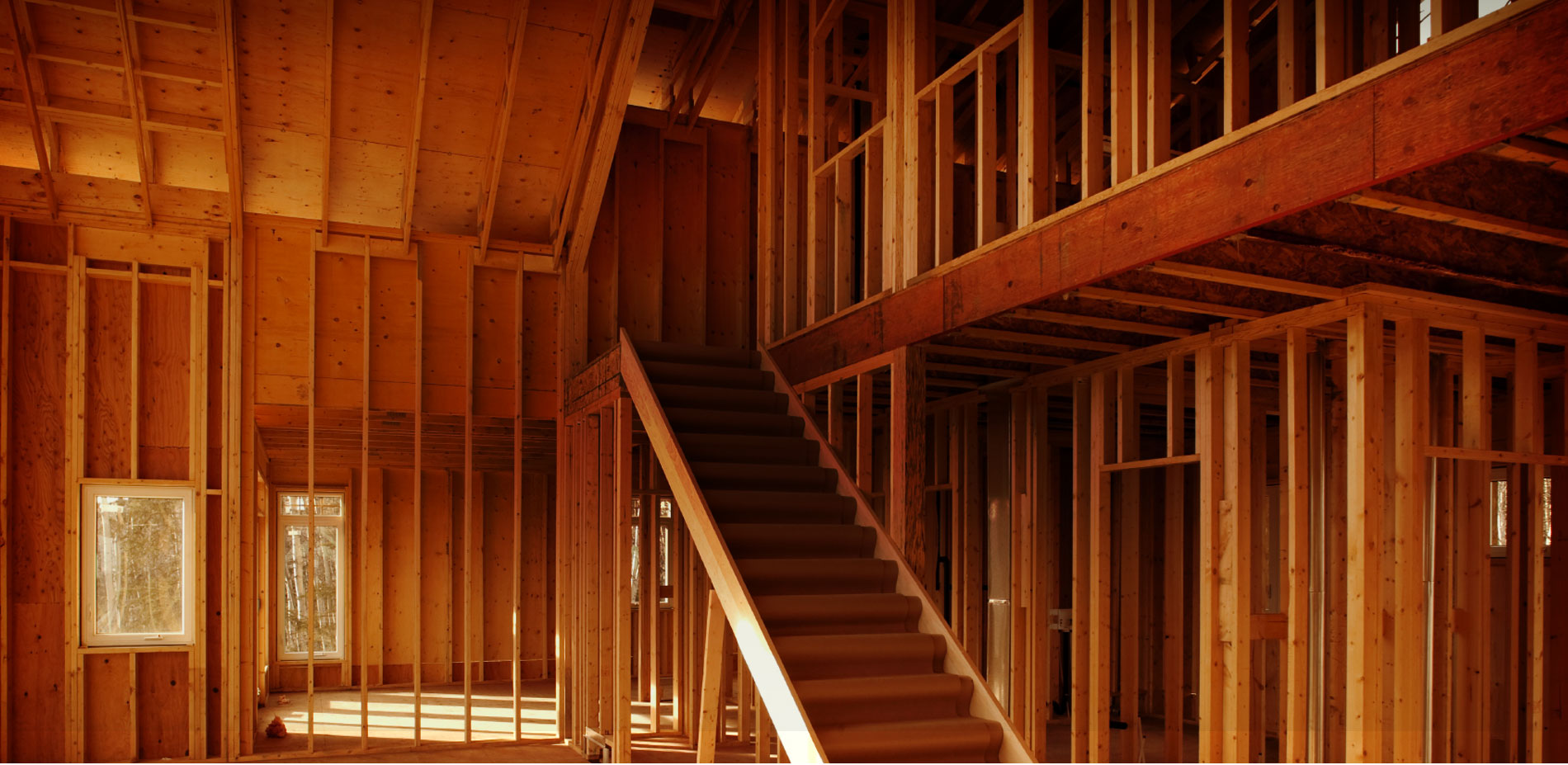What Builders Need to Know About New Home Comfort in a Post-COVID Market
Coronavirus has Americans working, learning and living entirely from home. And self-quarantine has accelerated existing plans to move. The pandemic has changed a lot about our society, including what buyers are looking for in new home comfort.
Home sales in the US reached a 13-year high in June and homebuilding is rebounding even stronger. There’s a potential demand for 2.1 million new homes across the country.
As a builder, it’s important to know what people are looking for in a new home as we adjust to the “new normal”. Here are some of the features that are at the top of homebuyers’ minds:
Sanitary Environment
1. Countertops
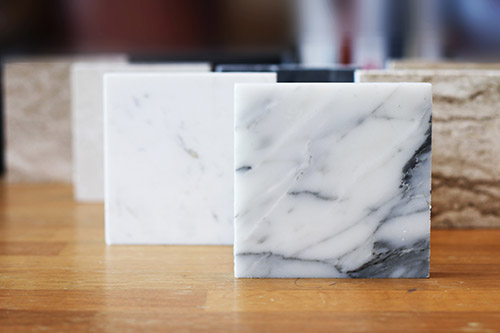
A major concern these days is keeping surfaces sanitary. Homeowners get excited when choosing countertops, but sterilization now takes precedence over looks. When building brand-new custom homes, picking the most hygienic countertop is essential.
A study by Best American Living revealed 60% of Millennials and 78% of Gen-X’ers would pay extra for germ-resistant countertops.
Though granite has been become less popular in recent years, it’s a sanitary choice. Often overlooked is the importance of re-sealing granite every few years. Regular maintenance is key to getting the most out of the high cost of granite.
Quartz and solid-surface tops are hygienic as well. Unlike granite, they’re not 100% natural, so they can be more affordable.
Stainless steel has been a staple in commercial kitchens for a long time, and for good reason. They actually repel germs & bacterial growth. While stainless hasn’t been popular for residential use, it would be smart to consider.
Wood countertops are often considered unsanitary, but that’s a misconception. Wood’s natural properties kill bacteria. Though they need regular maintenance, wood countertops are very easy to clean. They can also be far less expensive than other options.
2. Drop Zones
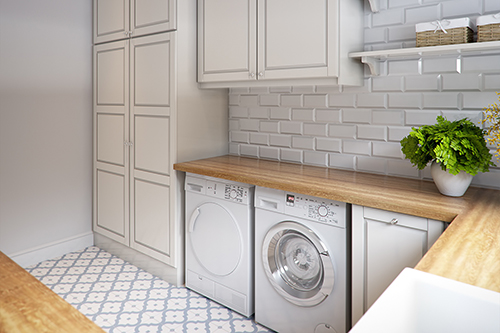
Builders have been well-aware of the desirability of a “mud-room” off the garage for decades. Now a separate laundry room is more important than ever.
Drop zones used to cater to the needs of a busy family for ease of ingress and egress from the home. The new goal of a drop zone is to contain and sterilize, preventing the spread of germs.
COVID has made people realize that all entrances to the home need drop zones of some form. The 1918 flu pandemic introduced the “powder room” to society. It seems COVID will affect home design in similar ways.
The new standard will be to position powder rooms and/or drop zones near all entryways.
3. Smart & Touchless

Smart home technology has been on the rise over the past 5 years and is now considered a basic necessity.
Touchless faucets and voice-operated appliances provide obvious advantages. Bidet sales exploded in the US as a result of the toilet paper shortage. Next on the horizon could be floors and mirrors that check vitals.
There are exciting home comfort innovations on the horizon, and builders have to adapt. Though we can’t predict the future, try to accommodate fixtures a homeowner may want to add in the future.
4. Improved Air Quality & Non-Toxic Materials
People are shelling out money for top-of-the-line air and water filtration systems. 66% of homeowners would spend an extra $1,000 on a new home with whole-house air filtration (up 56% from last year).
Access to fresh air is essential, creating more opportunity for indoor/outdoor spaces.
The push for eco-friendly building materials has gained steam due to Coronavirus. General wellbeing is paramount, so materials used to build the home are under increased scrutiny.
Flexibility & Functionality
1. Modularity
Open concept floor plans are hugely popular. Most think this would continue after the pandemic, but that’s not necessarily the case. Though open floor plans allow for social distancing, they can make things harder, too.
With no dividing walls, it can be difficult for multiple people to perform different functions or isolate for health reasons. In response, there’s an increased demand for modular space.
Solutions that allow for beautiful open floor plans and division of space when needed are especially desirable.
2. Necessary Rooms
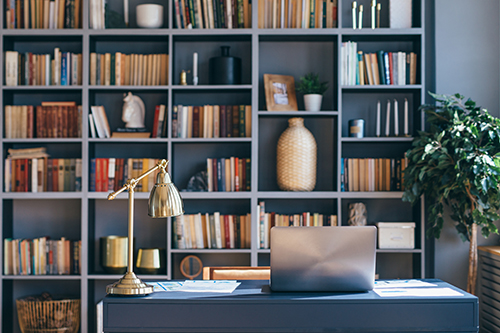
Gone are the days where a home office was an afterthought. As companies warm to the idea of permanent work-from-home, buyers are more likely to need a place to work. Further, it’s becoming more common for homeowners to look for more than one home office.
Builders should consider converting loft space, bonus rooms and basements for this purpose. Modifying existing floor plans altogether to incorporate more closed-off rooms may be necessary.
Along with multiple offices, parents may also need rooms dedicated to homeschooling. It’s important to have a room apart from a child’s bedroom or playroom for learning.
Home gyms are another necessity that was previously considered a luxury. Gyms have been some of the slowest businesses to re-open, for obvious reasons. Getting into a workout routine after stress-eating for months is now a common concern.
Re-imagining floor plans to include more rooms, or more space in general, is important for home comfort moving forward.
Location, Location, Location
1. Migration to the Suburbs
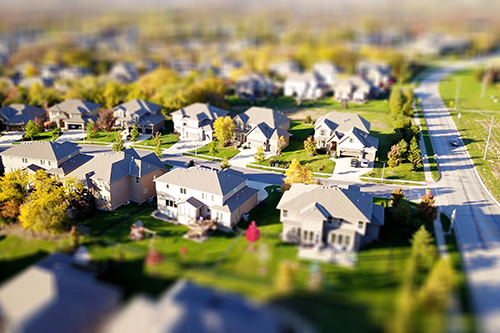
American cities have become epicenters due to close living quarters and heavy travel. Thousands of people are fleeing major cities in search of more distance in the suburbs.
Though they’re leaving the city, these buyers cling to the feeling of city living.
Residential developments have begun marketing themselves as “urbanized suburbs” to attract former city-dwellers. They’re offering amenities like paved streets, restaurants, hotels, office buildings and apartment-style living.
Outdoor malls are exploring this trend as well, creating simulated “downtowns” within their complexes for a city feel.
2. Agriculture

One thing city folk desire in a new home is space for a garden, access to fresh produce and agrotourism.
Though young people enjoyed urban living, they have longed for room to grow their own food. They also want increased access to fresh produce and to feel a connection with where their food is grown.
During the pandemic people weren’t able to get to grocery stores as often and farmers’ markets had shut down. This combined with the growing local food movement makes access to fresh food essential.
Having unfettered access to nature in general is important. When you’re outdoors, it’s easier to social distance and less necessary to wear a mask. This provides opportunity for exercise and increases health and well-being. Upheaval in society inevitably leads to major changes in home building. Though times are uncertain, we’ll monitor emerging trends in home comfort to help you stay relevant.

